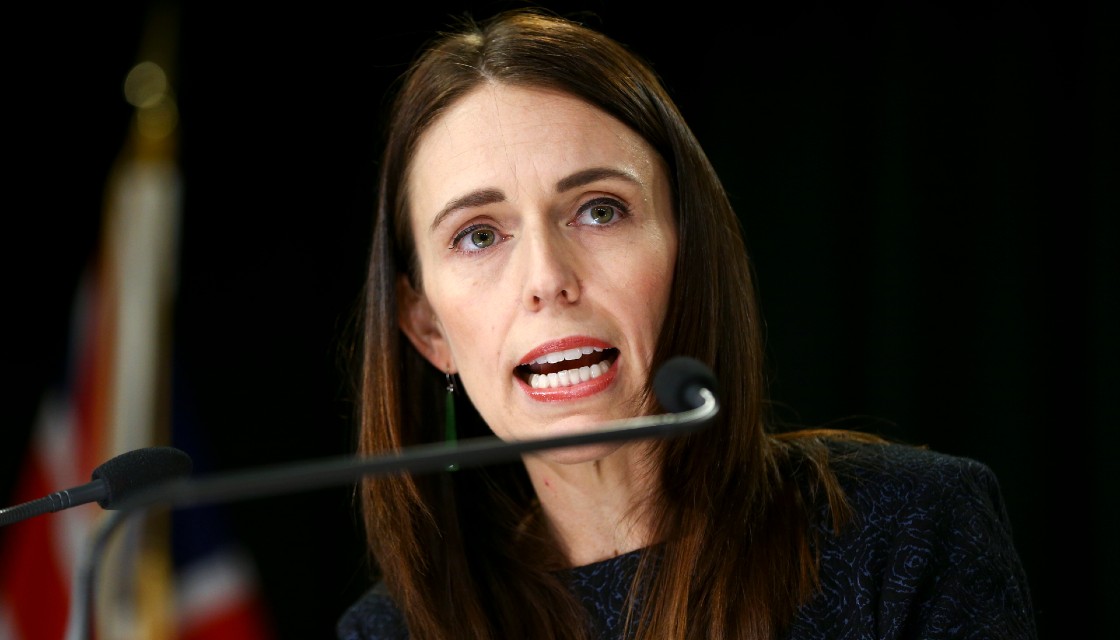オンラインで購入した商品を返品するお客様には、新たな請求が発生する可能性があります。小売業者のASOSは、英国の買い物客が40ポンド以上の注文品を保管していない限り、返品に対して3.95ポンドを請求するようになりました。ニュージーランドでは、返品手数料は8.99ドルです。
Retail New Zealandの最高経営責任者であるキャロリン・ヤングは、今では多くの人がオンラインで大量の商品を注文し、そのほとんどを返品していると説明しました。この傾向は小売業者に圧力をかけ、配送コストと返品処理により小売業者の利益に影響を与えています。
ヤング氏は、この問題はニュージーランドの小売業者にとってまだ大きな問題ではないが、買い物の習慣は変化していると指摘した。小売業者は、持続可能性を保ちながら、顧客にとって魅力的なサービスを維持できるように調整しています。
ファースト・リテール・グループのコンサルタントであるクリス・ウィルキンソン氏は、変化を起こしている小売業者はASOSだけではないと述べています。BoohooやNikeなど、他の企業もニュージーランドへの新しい手数料を導入したり、配送を停止したりしていますが、一部のブランドは送料のために市場から撤退しています。
ウィルキンソン氏は、過去10年間で多くのオンライン小売業者が非常に人気を博したが、今では世界中で配送料が大幅に上昇したこともあり、投資家に良い結果を示すのに苦労していると述べています。
また、ニュージーランドの買い物客がASOSなどのサイトから購入する場合、輸入税などの追加料金がかかるため、地元でのショッピングがより魅力的になる可能性があると付け加えました。ヤング氏はこれに同意し、地元の商品の魅力は価格と送料に依存し、海外への商品の返品は大量購入の場合は複雑で費用がかかる可能性があると述べました。





























































